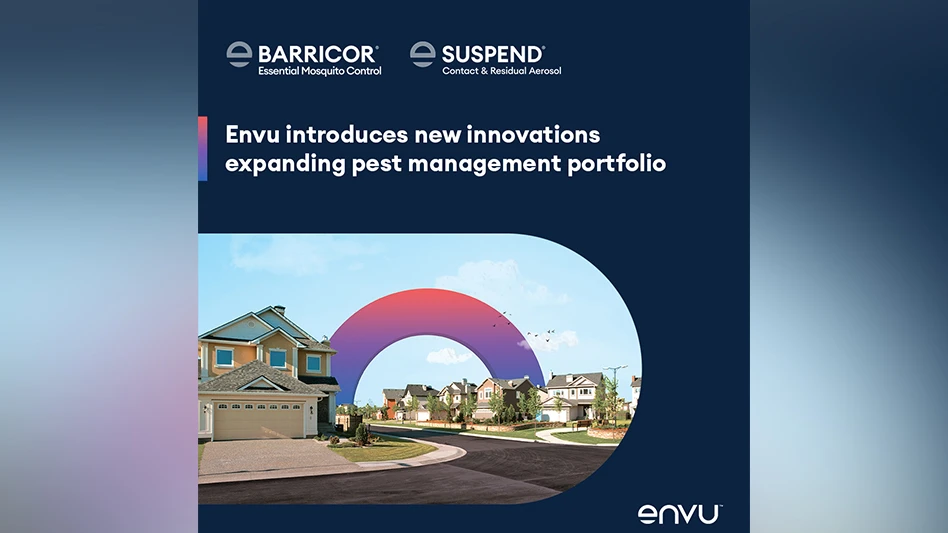
Want to grow your business in 2017? Rick Spence, a consultant, speaker and National Post columnist on entrepreneurship and business opportunity, shared nine resolutions to help you achieve this in the New Year:
Resolution 1:
REVIEW YOUR PRICING
If you have good reason to raise prices on services that add value, do it; every penny goes immediately to the bottom line as profit, said Spence. Still, one angry customer can scare a business into backing off. If customers balk, offer a discount for loyalty or for paying the year in full. And when explaining the increase, “communicate like real people;” don’t retreat to “fairly inarticulate, impersonal corporate-speak,” said Spence. “People will forgive you (for raising prices) if you do it sensitively and thoughtfully,” he said. You can’t put off this task if the business is to thrive; regularly identify where your prices are outdated and take action. “So often, the resistance is more in your head” than in the customer’s, said Spence.
Resolution 2:
CREATE MORE BRANDED SERVICES
Find ways to make your service more distinctive, more exclusive, unlike what every other competitor offers. Maybe it uses a new tool or approach that other competitors haven’t adopted yet or offers a guarantee that builds trust. Customers often are let down by service companies so they’re wary; the company that can build trust will find this trust is “worth money,” Spence said. People will pay more for a flagship service that delivers an amazing response time or “reassures people that you’ve got their backs” until the pest issue is solved, he said. Seek out “that extra bit of service, sparkle and smile that makes people say, ‘Hey, I like these people; I will hire them again,’” he said.
Resolution 3:
USE THE LANGUAGE OF CUSTOMERS
Pest management professionals use a lot of jargon: the scientific names of insects, chemicals and program approaches, using words like “exclusion” and “conducive conditions.” This doesn’t resonate with consumers; it causes confusion. Instead, communicate in a way that shows you understand the horror and sense of powerlessness upon finding rats in one’s house, said Spence. It’s not selling fear; rather understand clients’ vulnerability and their desire to trust someone who can save them. “You want to come in as that empathetic, knowledgeable professional,” said Spence.
Resolution 4:
MARKET MORE FREQUENTLY
Be more assertive, strategic and creative when it comes to marketing, said Spence. Build an email list, publish an e-newsletter, use social media and engage in pay-per-click advertising, which lets you precisely target audiences, control your ad spend, run tests to identify the most effective messaging and analyze results. More than business growth is at stake: “If you want to survive, you’ve got to be exploring these new tools,” warned Spence. Companies that get too comfortable can “walk straight off the edge of the cliff,” he reminded. (Remember Blockbuster? The giant DVD rental company collapsed because it failed to grasp the future of streaming video, unlike Netflix.) If you can’t get your head around digital marketing, find someone in the organization who can.
Resolution 5:
BECOME A THOUGHT LEADER
Pest management professionals are in “a wonderful position to become trusted advisers;” they have a wealth of specialized knowledge that “makes for fascinating conversation,” said Spence. From ridding attics of raccoons to protecting structures from carpenter ants, an articulate, outgoing PMP has an opportunity to write articles, host radio call-in shows and serve as TV reporters’ go-to pest expert. Building this relationship takes time — start by offering up topics of public interest and finding ways to “create value without selling anything” — but the effort ultimately pays off by building the brand and creating trust with consumers, said Spence.
Resolution 6:
FOCUS ON HIGH-VALUE TASKS“You can’t be good at everything and you don’t have time to do it all,” said Spence. Find ways to save time and effort, so you can spend that time on high-value jobs that actually grow your pest management business, such as brand building, improving sales and strategic planning. Outsource lower-value (but still important) operations to other professionals and service companies that do invoicing, payroll, bookkeeping, human resources and even digital advertising. “Just as you want people to trust you, you have to trust others to come in and do professional jobs for you,” Spence said.
Resolution 7:
REQUIRE IDEAS FOR IMPROVEMENT
The Linamar auto parts maker in Guelph, Ontario, requires every employee to submit six ideas for cutting costs and improving efficiency each year. The lean manufacturing concept has helped the company stay competitive and grow into a $5 billion industry leader. Most organizations push improvements from the top down and “it’s such a shame” because they’re cutting out the insights and creative thinking of front-line employees, said Spence. Requiring (not asking for) six ideas makes workers accountable and keeps continuous improvement top-of-mind through the year. Employees are incented to submit six ideas, not penalized for offering less. It’s an “incredibly simple fix” that is measurable and “just so powerful and empowering,” said Spence.
Resolution 8:
PLAN AHEAD
Long-term strategic planning helps a company know where it’s going and how it’s going to get there, but “people just don’t do it,” said Spence. Every business should think about how the market is changing, even just for 10 minutes a day, he advised. Use those insights to build a framework with actionable steps for the next five, 10, 20 years in order to move the company forward. Strategic planning is more than budgeting, cautioned Spence. Linamar even has a 100-year plan, which has helped senior managers identify potential markets and make the strategic investments necessary to tap these opportunities.
Resolution 9:
GET MORE TESTIMONIALS AND REFERRALS
Develop a strategy to get more testimonials from satisfied clients, advised Spence. Not only are they a third-party validation in the voice of the customer, but “those human details that people can put in their stories make them memorable, make them convincing, make them compelling” and much more effective than advertising copy, he said. Use testimonials on your website, social media channels and in sales materials and make them part of your conversation with customers as they build trust. Employees also should know these stories because “they speak to the character of the organization,” Spence said. Make getting testimonials and referrals part of the process: Ask for them and offer easy, instant ways for customers to share and refer. “The fridge magnet isn’t quite enough” these days, Spence said.
The author is a frequent contributor to PCT magazine.

Explore the December 2016 Issue
Check out more from this issue and find your next story to read.
Latest from Pest Control Technology
- How to Get Rid of Odorous House Ants
- Massey Services Promotes Herndon to Director of Sales for Multi-Family Division
- NPMA Announces First Recipients of NPMA PRO Certified Credential
- Pestmaster of the Hudson Valley Acquires Catskill Animal Damage Control
- Photo Slideshow: Ant Identification Tips
- Video: Top 10 PCT Photo Contest Finalists
- UF/IFAS Study Reveals Boats as Perfect Vessels for Global Termite Spread
- Pest Control Consultants (Iowa) Earns Pinnacle Performance Award





